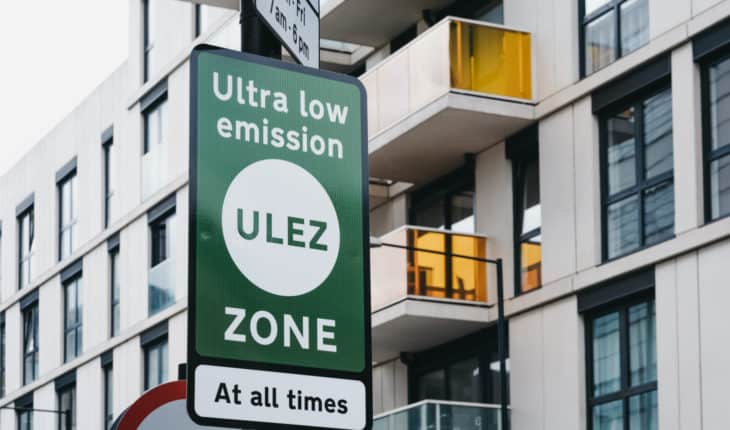Air quality in London has improved but the ULEZ had only a small effect, finds study. London’s Ultra Low Emission Zone (ULEZ) reduced the city’s nitrogen dioxide levels by only a few per cent, finds new Imperial College London research.The researchers say their findings highlight that ULEZs are not a silver bullet and that sustained improvements in air pollution require multiple measures.Between 2016 and 2020, the number of Londoners living in areas with illegally high levels of nitrogen dioxide fell by 94 per cent, and alongside this there were other reductions in London’s air pollution. New research from Imperial has found that the April 2019 introduction of the ULEZ contributed only minimally to these improvements.The researchers behind the study, published today in Environmental Research Letters, say it highlights the importance of combining a wide set of effective clean air measures that could encompass local actions like reducing transport emissions and use of wood burning stoves, and regional policies that reduce, for example, agricultural emissions. This is particularly important for cities that are considering introducing an ULEZ, and it comes as London’s ULEZ was expanded to create a larger zone in October 2021.Corresponding author of the research Dr Marc Stettler, from Imperial’s Department of Civil and Environmental Engineering and Centre for Transport Studies, said: “Our research suggests that a ULEZ on its own is not an effective strategy to improve air quality – the case of London shows us that it works best when combined with a broader set of policies that reduce emissions across sectors like bus and taxi retrofitting, support for active and public transport, and other levies on polluting vehicles.”Air pollution caused 40,000 deaths in the UK in 2019 – around 4,000 of which were in Greater London. Worldwide, outdoor air pollution accounts for around 4.2 million deaths per year due to conditions such as stroke, heart disease, lung cancer, and acute and chronic respiratory diseases.In April 2019 the Mayor of London introduced the ULEZ, an area in which drivers of more polluting vehicles must pay a daily charge, with the aim of reducing air pollution emissions from road transport and accelerating compliance with EU air quality standards. The ULEZ is one of several London air pollution policies introduced since 2016 like the LowEmission Zone, Low Emission Bus Zones, and bus and taxi electrification.To carry out the study, the researchers analysed air quality data from roadside and non-roadside air quality monitors across London, comparing data from before and after the ULEZ was introduced.They found that, compared to the overall decrease in London’s air pollution levels, the ULEZ caused only small improvements in air quality: an average reduction of less than 3 per cent for nitrogen dioxide concentrations, and insignificant effects on ozone and particulate matter (PM2.5) concentrations.They also found that the biggest improvements in air quality in fact took place before the ULEZ was introduced in 2019.They detected changes in levels of nitrogen dioxide and ozone at 70 per cent and 24 per cent of the monitoring sites around the time that the ULEZ was introduced, respectively. Among these sites, changes in air pollution varied quite significantly and at some sites pollution actually worsened, with relative changes ranging from -9 per cent to 6 per cent for nitrogen dioxide, -5 per cent to 4 per cent for ozone, and -6 per cent to 4 per cent for PM2.5The researchers suggest that other cities considering implementing these schemes should consider them only alongside a combination of other measures. Dr Stettler said: “Cities considering air pollution policies should not expect ULEZs alone to fix the issue as they contribute only marginally to cleaner air. This is especially the case for pollutants that might originate elsewhere and be blown by winds into the city, such as particulate matter and ozone.”“Since the London ULEZ was introduced, similar schemes have been introduced in Bath, Birmingham and Glasgow, yet on a much smaller scale. Several other cities have plans to implement clean air zones and our findings could contribute to the development of their policy.”
- Gut microbiome could delay onset of type 1 diabetes - 3rd April 2025
- The da Vinci 5 Robot Is Set To Transform Bariatric Care: - 31st March 2025
- Beyond money: the hidden drivers fuelling child food insecurity - 31st March 2025






